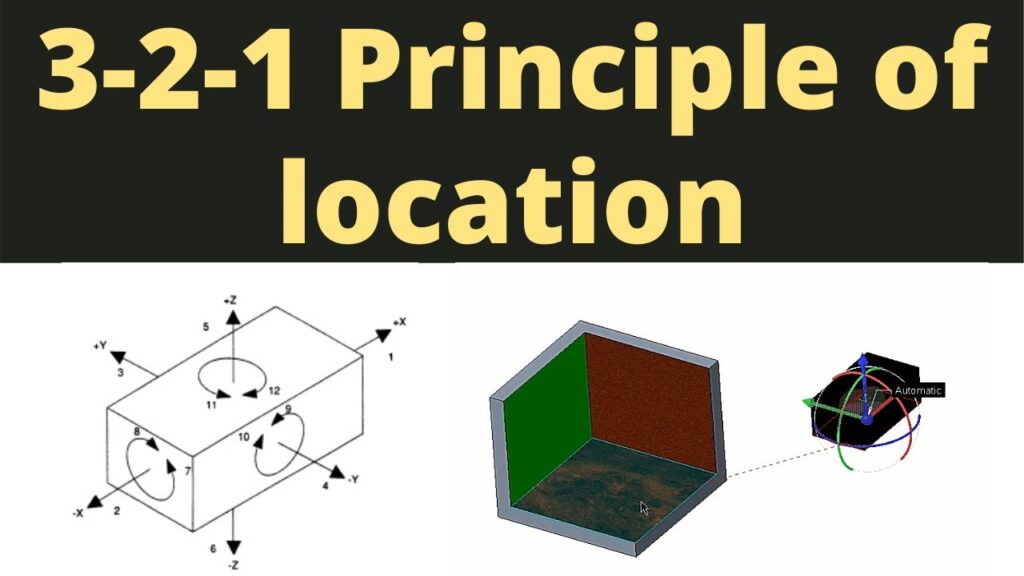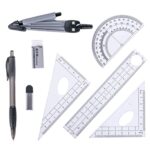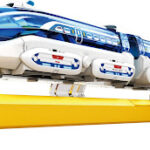Jigs and fixtures are used extensively for mass production. This article will explain what the 3-2-1 principle is and how it is important for jig and fixture design.
● One method of reducing manufacturing cost per component is to reduce machining cycle time. The manufacturing cycle time can be reduced by reducing nonproductive time like loading, unloading, and the placing of work piece onto the machine. Here jig and fixture design has important role to play. Productive time for a machine is the time required for metal cutting operation by the machine.
● In short, the fixture is a tool that ensures correct and quick clamping (or loading) of the work piece with respect to the machine tool.
● For example, you have a drill machine and want to make a 10mm diameter hole at the point of intersection of the two diagonals of a square plate. The hole should be inclined at 45 degree angle with the surface. Now you have two choices, either you clamp the work piece with the vice or use a arrangement like below:

● The above arrangement is a simple drilling fixture.
3-2-1 Principle of Fixture Design
● For a fixture designer, the major portion of design time is spent deciding how to locate the work piece in the fixture.
● You know that any free body has a total of twelve degrees of freedom as below:
● 6 translational degrees of freedom: +X, -X, +Y, -Y, +Z, -Z
● And 6 rotational degrees of freedom:
● – Clockwise around X axis (CROT-X)
● – Anticlockwise around X axis (ACROT-X)
● – Clockwise around Y axis (CROT-Y)
● – Anticlockwise around Y axis (ACROT-Y)
● – Clockwise around Z axis (CROT-Z)
● – Anticlockwise around Z axis (ACROT-Z)
● You must fix all the 12 degrees of freedom except the three transitional degrees of freedom (-X, -Y and -Z) in order to locate the work piece in the fixture. So, 9 degrees of freedom of the work piece need to be fixed.
● But, how? By using the 3-2-1 method as shoon below:
● Rest the work piece on three non-collinear points of the bottom surface (XY), and you will be able to fix the +Z,CROT-X, ACROT-X, CROT-Y and ACROT-Y degrees of freedom.
● Now, rest the work piece at two points of side surface (XZ), and you will be able to fix the +Y and ACROT-Z degrees of freedom.
● Now, rest the work piece at
● one point of the adjacent surface (YZ), and you will be able to fix the +X and CROT-Z degrees of freedom.
● So, you can successfully fixate 9 required degrees of freedom by using the 3-2-1 principle of fixture design.
Conclusion
● The jig and fixture are tools used for holding the work piece in a correct location for mass production. Various types of fixtures (like drilling fixtures, milling fixtures, and welding fixtures) are used in industry. The 3-2-1 method is the fundamental principle for all types of fixture design.


